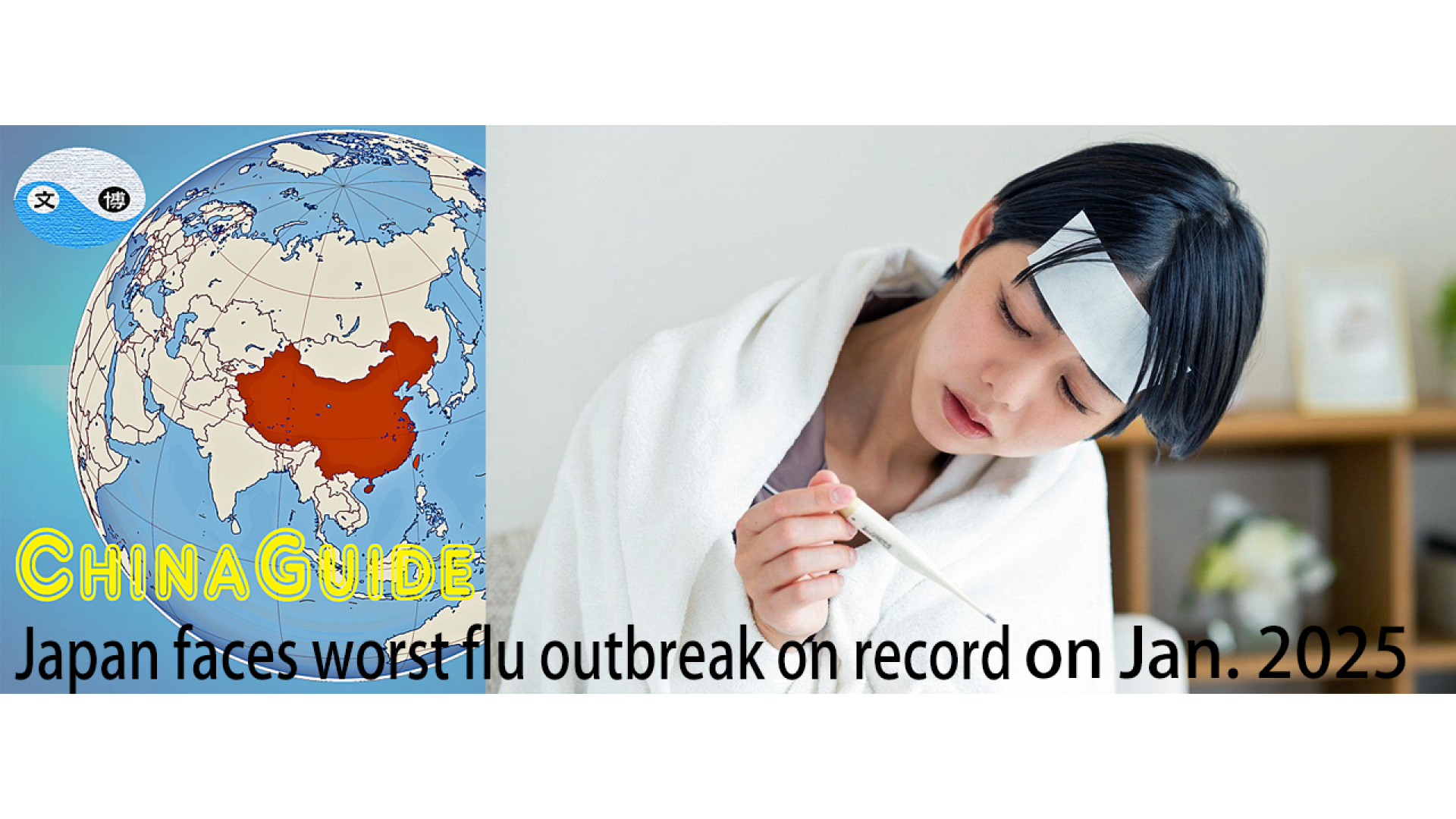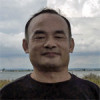2025 Epidemiological Alert: Increased Activity of Seasonal Influenza Virus and Other Respiratory Viruses in the Northern Hemisphere
Key Points
- Surge in Respiratory Virus Activity: A significant rise in cases of seasonal influenza (flu), RSV, rhinovirus, and SARS-CoV-2 variants has been reported across the northern hemisphere, with influenza-like illness (ILI) activity 20% above seasonal baselines.
- Strain on Healthcare Systems: Co-circulation of multiple viruses is exacerbating hospitalizations, particularly among vulnerable populations.
- Predominant Strains:
- Influenza A(H3N2): Dominant subtype, associated with higher severity in elderly populations.
- Influenza B/Victoria: Rising detections in Europe and North America.
- SARS-CoV-2 JN.1 subvariant: Increasingly detected, though with reduced severity due to prior immunity.
- Vulnerable Groups: Elderly, children <5 years, immunocompromised individuals, pregnant women, and those with chronic conditions (e.g., COPD, diabetes).
Affected Regions
- North America: Widespread flu activity in the US (notably California, Texas, and New York) and Canada.
- Europe: Elevated RSV and flu cases in the UK, Germany, and France.
- Asia: Influenza A(H3N2) surges in Japan and China; RSV peaks in South Korea.
- Urban Centers: Higher transmission rates in densely populated cities.
Public Health Recommendations
- Vaccination:
- Flu Vaccine: Urgently recommended for all ≥6 months, especially high-risk groups.
- COVID-19 Boosters: Updated XBB.1.5-derived vaccines advised for ≥12 years.
- Preventive Measures:
- Mask-wearing in crowded indoor settings.
- Frequent hand hygiene and respiratory etiquette (cover coughs/sneezes).
- Improve ventilation in public spaces and homes.
- Early Testing & Treatment:
- Rapid testing for flu/COVID-19 in symptomatic individuals.
- Prioritize antivirals (e.g., oseltamivir, Paxlovid) for high-risk patients within 48 hours of symptom onset.
Western Medicine Perspective
-
Common Cold:
-
Cause: Rhinovirus (primarily).
-
Symptoms: Mild; nasal congestion, runny nose, sore throat, sneezing.
-
Season: Late fall to spring.
-
Complications: Rare; self-limiting.
-
-
Influenza (Flu):
-
Cause: Influenza virus.
-
Symptoms: Severe; high fever (101–106°F), chills, muscle aches, fatigue, dry cough.
-
Season: Winter/early spring.
-
Complications: Pneumonia, bronchitis; high-risk groups (infants, elderly, immunocompromised).
-
Traditional Chinese Medicine (TCM) Classification
Colds/flu in TCM are termed Shang Feng or Shi Xing Gan Mao, attributed to pathogenic wind combined with cold, heat, dampness, or summer-heat. Treatment focuses on expelling pathogens while addressing individual patterns.
TCM Syndromes & Treatments
-
Wind-Cold Type
-
Symptoms: Severe chills, mild fever, no sweat, headache, thin sputum.
-
Herbal Formulas:
-
Jiu Wei Qiang Huo Wan (dispels cold/damp, clears heat).
-
Xiao Qing Long Tang Wan (for cold with retained fluid).
-
Chuan Xiong Cha Tiao Wan (headache relief).
-
-
-
Wind-Heat Type
-
Symptoms: High fever, sore throat, yellow sputum, thirst.
-
Herbal Formulas:
-
Yin Qiao Jie Du Pian (primary remedy).
-
Ban Lan Gen Chong Ji (also for prevention).
-
Sang Ju Gan Mao Pian (cough with wind-heat).
-
-
-
Exterior Cold with Interior Heat
-
Symptoms: Fever, no sweat, constipation, yellow sputum.
-
Formula: Fang Feng Tong Sheng Wan (clears internal heat, releases exterior).
-
-
Summer-Heat-Dampness Type
-
Symptoms: Fever with heaviness, nausea, greasy tongue coating.
-
Formula: Huo Xiang Zheng Qi Wan (resolves dampness, harmonizes stomach).
-
-
Debilitated Individuals
-
Qi Deficiency: Fatigue, pale tongue → Yu Ping Feng San (supports defense qi).
-
Yang Deficiency: Cold limbs, weak pulse → Ren Shen Bai Du Wan (tonifies qi, expels pathogens).
-
Blood/Yin Deficiency: Dizziness, dry throat → Custom formulas (e.g., nourish blood/yin with exterior-releasing herbs).
-
Key Takeaways
-
Prevention: TCM emphasizes strengthening Wei Qi (immune defense) with formulas like Yu Ping Feng San.
-
Syndrome Differentiation: Correct TCM diagnosis is critical (e.g., wind-heat vs. wind-cold require opposite treatments).
-
Integration: While TCM offers holistic pattern-based care, severe flu cases (e.g., prolonged fever, breathing difficulties) require Western medical intervention.
Example Application:
A patient with fever, sore throat, and yellow sputum (wind-heat) would use Yin Qiao Jie Du Pian, whereas someone with chills and no sweat (wind-cold) might take Jiu Wei Qiang Huo Wan.
Note: Always consult a licensed practitioner for personalized diagnosis, especially in high-risk populations.
普通感冒与流行性感冒的对比与解析
一、基本概念与区别
-
普通感冒(伤风)
-
病因:由鼻病毒、副流感病毒、腺病毒等上百种病毒引起,少数合并细菌感染。
-
症状:以鼻咽部症状为主(如鼻塞、流涕、咽痛),伴随低热、头痛、乏力,病程约1周。
-
特点:传染性弱,发病率高,全年可发,成年人年均2~5次,儿童5~8次。
-
-
流行性感冒(流感)
-
病因:由流感病毒(易变异)引起,通过飞沫传播。
-
症状:起病急,全身症状重(高热、肌肉酸痛、乏力),可能引发肺炎、脑炎等并发症。
-
特点:传染性强,冬春季高发,易暴发流行,20%~40%人群可能感染。
-
二、西医治疗原则
-
普通感冒
-
无需抗生素:约70%~80%由病毒引起,抗生素仅用于合并细菌感染时。
-
对症治疗:退热镇痛药(如布洛芬)、缓解鼻塞(生理盐水喷鼻)、止咳药等。
-
-
流感
-
抗病毒药物:奥司他韦、扎那米韦(发病48小时内使用效果最佳)。
-
并发症管理:肺炎需住院治疗,重症患者需呼吸支持。
-
高危人群:老人、儿童、慢性病患者建议接种流感疫苗。
-
三、中医辨证分型与用药
中医将感冒分为四类,需根据症状选择药物:
-
风寒感冒
-
症状:怕冷重、无汗、流清涕、白痰、舌苔薄白。
-
用药:通宣理肺丸、生姜红糖水。
-
-
风热感冒
-
症状:发热重、咽痛、黄痰、小便黄、舌边红。
-
用药:银翘解毒片、桑菊感冒片、板蓝根冲剂。
-
-
暑湿感冒
-
症状:夏季多发,胸闷恶心、腹泻、苔黄腻。
-
用药:藿香正气丸。
-
-
体虚感冒
-
症状:反复感冒、乏力自汗、舌淡脉弱。
-
用药:玉屏风丸、参苏丸(扶正固表)。
-
四、注意事项与误区
-
抗生素滥用:普通感冒早期无需使用抗生素,否则易导致耐药性。
-
流感重症信号:持续高热、呼吸困难、意识模糊需立即就医。
-
中医辨证关键:风寒与风热用药相反,误用可能加重症状(如风寒误服银翘片)。
-
预防措施:勤洗手、戴口罩,流感季节避免人群聚集;体虚者可长期服用玉屏风散增强免疫力。
五、总结
-
普通感冒:症状轻,自限性强,多休息、多喝水即可缓解。
-
流感:需警惕并发症,高危人群应优先接种疫苗。
-
中西医结合:西医对症控制症状,中医辨证调理体质,两者互补可缩短病程。
(建议收藏,感冒时对照症状合理用药!)
流感分三类 治疗方法各不同 中医教你如何正确用药!防治流感中医有良方。
寒风凛冽冬天到,谨防流感在身边,三种常见的流感类型,千古防疫名方护佑您的健康。


